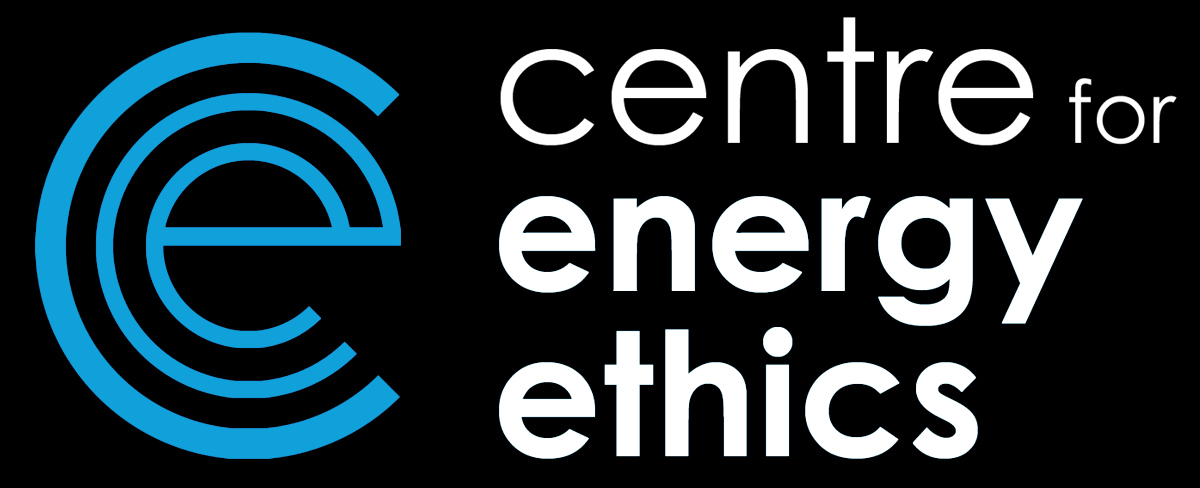In this building you will find the following exhibits:
What Does Post-Industrial Look Like?
Comprising post-industrial landscape photography from Scotland and Ukraine by Martyna Krupa and Mykhailo Kulishov, and intersecting with Victoria Donovan’s research on the visual heritage of industrialization in the UK and Ukraine, this exhibition reflects on the question: what does post-industrial look like? We are often presented with a visual dichotomy when it comes to the post-history of industrialization. Celebratory industrial aesthetics dominate heritage representations of industry, while depressing post-industrial visions, including post-apocalyptic “ruin porn,” reign on Instagram. This collection of works is concerned with the way nature redefines industrial spaces after humans abandon them, and how humans return to find meditative solace in these landscapes.
A Place For Oil: Memory Of Oil And Place In Museums Across The World
With society-wide calls for the decarbonization of energy systems, there is a tendency to embrace a future-oriented perspective. It is important, however, to not lose sight of the past. What have we done? What are the implications? And, how is it remembered?
This exhibit features contributions from some of the museums that participated in the workshop ‘A Place for Oil: Memory of Oil and Place in Museums Across the World’, on 26-30 April 2021. Organised by Dr Leyla Sayfutdinova at the Centre for Energy Ethics, this exhibit offers us rare and important glimpses into the legacies and memorialisations of oil. It encourages us to reflect on the multiple pasts we have experienced and the multiple futures we might have ahead of us. Here you will find contributions from the world’s largest oil museum located in Stavanger, Norway (the Norwegian Petroleum Museum), and contributions by smaller museums located in Bobrka (Poland), Oil Springs (Canada), Ploieşti (Romania), and Ukhta (Russia). You will also find contributions from two museums that were planned but never implemented in Cabimas (Venezuela) and Baku (Azerbaijan).
We thank Dr Bjorn Lindberg, Mr Michal Gorecki, Ms Erin Dee-Richard, Prof Gheorge Calcan, Ms Anzhela Rocheva, Dr Leila Alieva, Dr Penelope Plaza, and Ms Helena Rigamonti for helping us bring this exhibit to fruition. For more information, visit the workshop webpage.
The Pit and the Kit: Addiction, Heroin, and the End of Coal-mining in Scotland
Today, Scotland has the highest rates of drug-related deaths in Europe, with rates roughly three and a halftimes that of the UK as a whole. The reasons for this are many and complicated, yet industrial decline remains firmly at the heart of Scotland’s relationship to drugs and alcohol. Presenting intimate portrayals of contemporary daily life for active and recovering drug users, this exhibition untangles the thorny relationship of heroin, drug use patterns, and deindustrialisation. Collaboratively curated with people who use drugs, it unearths what coal and community meant to the villages and towns of Southeast Scotland, and the ongoing efforts to rebuild senses of community, heritage, and hope today.
Remembrance Service: Everyday experiences and ephemera(lity) of petrol stations
These four pieces capture everyday experiences and ephemera(lity) of petrol stations in the UK, over the 20th century, from the point of view of the motorist (or, as in many of the images included, from the perspective of a child—myself—in the back seat on long car journeys). The images emphasise particularly the diversity of branding—how so many names have been used to sell oil to the public, from multinationals’ expensive identities to one-off logos created by garage owners themselves.



